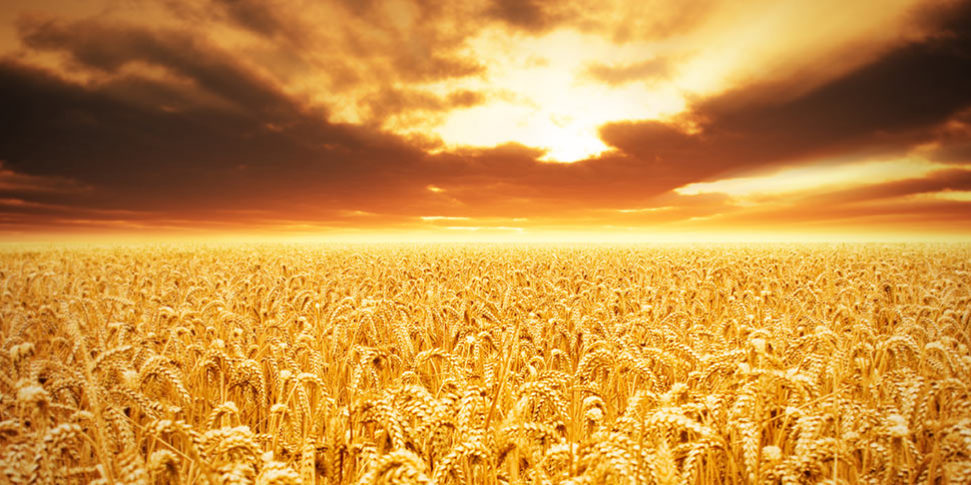Editor’s note: It’s been a hard year for the nation’s wheat farmers. Against a backdrop of disasters, falling prices and the lowest number of wheat acres under cultivation in U.S. history, wheat farmers have been making the rounds in Washington to explain the importance of a strong farm safety net in the upcoming 2018 Farm Bill. This is the fourth part of our series.
Ben Scholz has been farming in east Texas for 25 years. He grows wheat, as well as corn and soybeans.
Scholz completed harvest about a month ago with an average to slightly below average yield. Half of that will go to an export market that was developed over a long period of time due in large part to assistance from the Farm Bill.
The Market Access Program (MAP) and the Foreign Market Development Program (FMD) are two critical Farm Bill initiatives that help farmers sell the crops they grow, he explained.
Through MAP, USDA’s Foreign Agricultural Service partners with trade associations, cooperatives and small business to share the cost of promotions overseas that help build export markets for U.S. agricultural products.
MAP assists in increasing demand for our products across the globe by providing cost-share assistance for activities ranging from advertising to trade fairs and market research.
FMD focuses on long-term markets instead of products. The Foreign Agricultural Service partners with nonprofit commodity and trade associations to promote U.S. commodities overseas. The program assists in industry efforts that can include reducing infrastructure barriers or market impediments, identifying new markets, changing laws that restrict market access or improving processing capabilities.
“Those two programs are really vital in our industry,” Scholz said.
He said there’s no affordable way for a famer in east Texas to market wheat to a buyer in another country.
It takes coordinated programs like MAP and FMD to maintain and grow those overseas markets.
“Farmers can’t market like a big corporation,” he said. “So they depend on farm programs to market the product.”
That’s important in a nation as large as the U.S. with a variety of wheat.
In the Great Plains, for example, farmers grow hard red winter wheat for flour and bread. In the South, the wheat grown is used in things like biscuits and crackers.
Understanding what foreign buyers and end users want is where the government programs are helpful. The programs also teach end users how to finish and use the product.
But the programs, Scholz said, have taken deep cuts with sequestration over the years. Funding hasn’t been restored and now more cuts are looming.
That’s where his work with the National Association of Wheat Growers (NAWG) comes into play.
“The majority of the world is not agriculture-oriented, and not that they have to be, but we are also entering into a generation that is interested in knowing where their food comes from,” he said. “It’s a real challenge for us to educate not only the friends I grew up with, but the politicians who represent us.”
Education has always been part of farming, and advocates say investing in education and research is more important than ever.
Read more of this series at www.farmpolicyfacts.org/farmbill.
###

